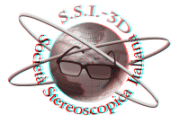 Home page |
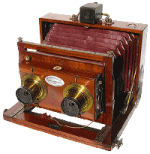
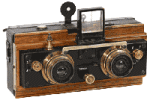
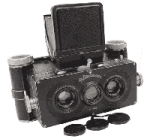

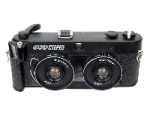

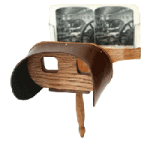

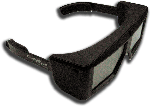
|
SOCIETÀ STEREOSCOPICA ITALIANA
| | | WHO ARE WE | | PHOTO GALLERY | | TECHNICAL PAGES | |
USE OF AN EQUILATERAL PRISM
TO REDUCE THE STEREO-BASE
Imre Dr. Zsolnai-Nagy
?
The base depends on the focal length we use.
Imre Dr. Zsolnai-Nagy
|
Every stereo photographer's dream
to be able to reduce the basic stereo which is always a limit given by
size of the rooms used. With a reduced base you can go further close. With Canon's compact cameras, with the use of Stereo Data Maker, it is It is possible to have perfect synchronization. I would like to present a rig where, with the help of an equilateral prism, we can reduce our base efficiently. I used two Canon IXUS 70s and a 5 cm equilateral prism. The basic idea is this: |
 |
|
If someone wants to check the parallelism of the lenses in the prism output, he must follow the
drawing: |

|
| É simple to understand how the stereobase changes (increases or decreases): |
 |
| If someone wants to apply an equilateral prism to reduce the base, I have these recommendations: |
| 1. The chambers must be placed in a slide, they must not be fixed. |
 |
| 2. The prism can also be be moved, forward-backward, for greater easy adjustment. |
 |
| 3. In this way we have freedom to position both the prism and the cameras, that is vary the stereobase. |
 |
| 4. In the following photos, looking into the prism, you can see how change the base |
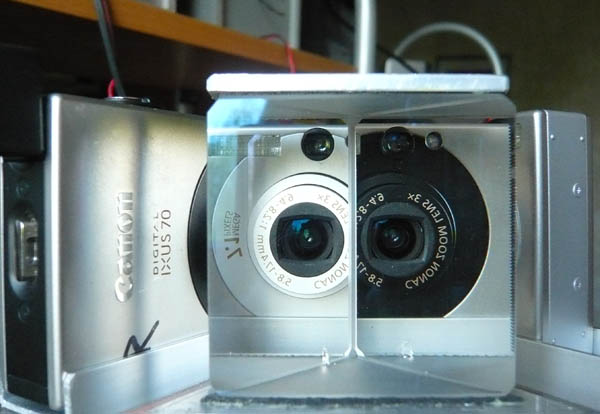 |
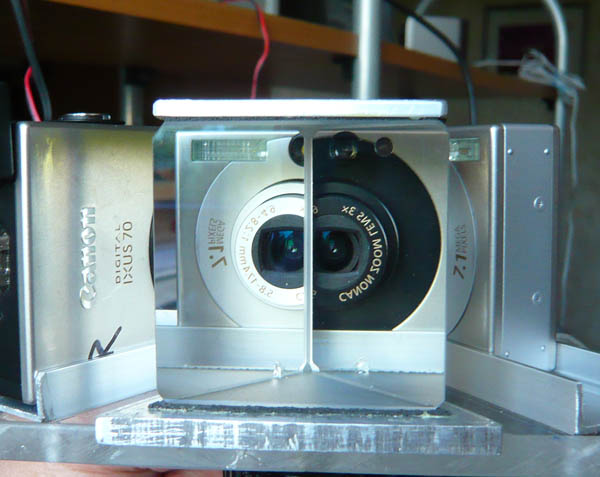 |
| 5. By applying a handle, use becomes more convenient and simple. |
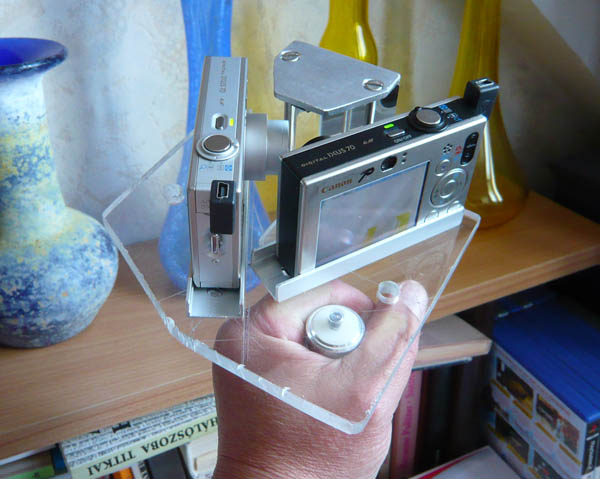 |
| 6.The prism produces strange light effects if it enters from above. To avoid such effects, the upper part of the chambers and the prism must be shielded with black cardboard (not present in the photo) |
| Go Top
|
|
Doubts and answers |
| Go Top
|
|
Anaglyph Examples to be viewed with glasses red - blue with the red filter on the left eye |
 |
 |
 |
 |
| Go Top
|